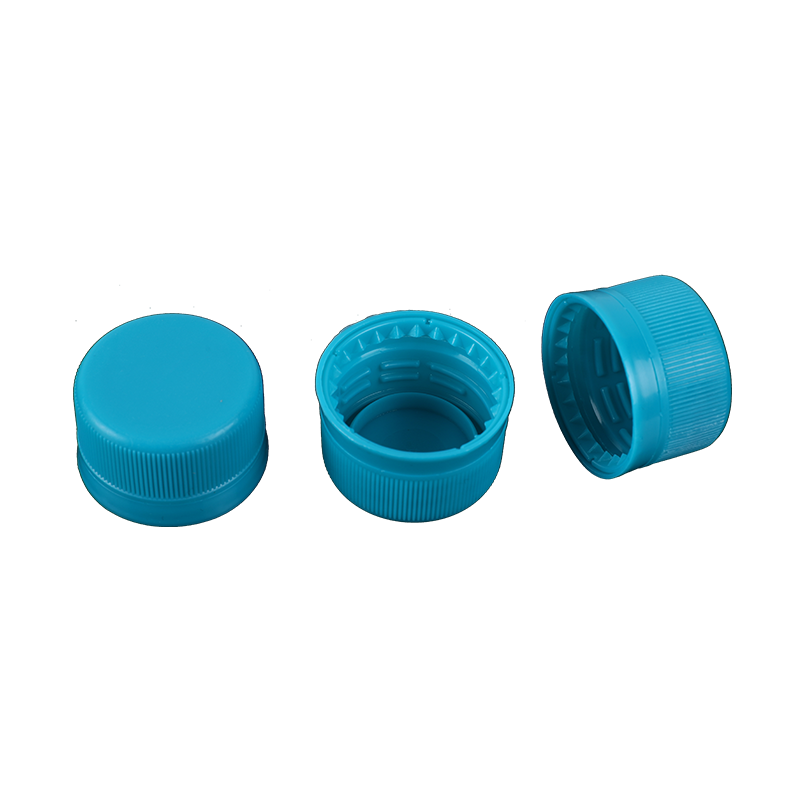Plastic bottle caps come in many forms. They are commonly used on beverage bottles and household medicines. They also protect the contents of bottles from leaks and spills. Some are made to prevent spills, while others are designed to keep liquids from seeping out. They are also used as toys, miniature planters, and photography equipment.

Most plastic bottle caps are produced through a process known as injection molding. The process is incredibly precise and results in uniform shapes, sizes, and surface finishes. The plastic particles are injected under high pressure into a complex mould. Plastic glue is then filled in the cavities of the mold. During the manufacturing process, several caps are produced per mould.
Another option for creating a unique bottle cap is embossing. Embossed bottle caps can feature a permanent message, company logo, slogan, or address. Custom colours can also be used to make the cap more attractive. The process of embossing is typically included in the bottle cap manufacturing process and does not add extra costs.
Many plastic bottle caps are made of PET plastic. This type of material is recyclable. However, many of them are too small to be recycled. They do not have good market value. Because of their low value, most plastic bottle caps end up in landfills or land fills.